Plant 221: Dark secrets haunt birthplace of China's atomic bomb
Political paranoia engulfed the project itself, and thousands of scientists and technicians were persecuted
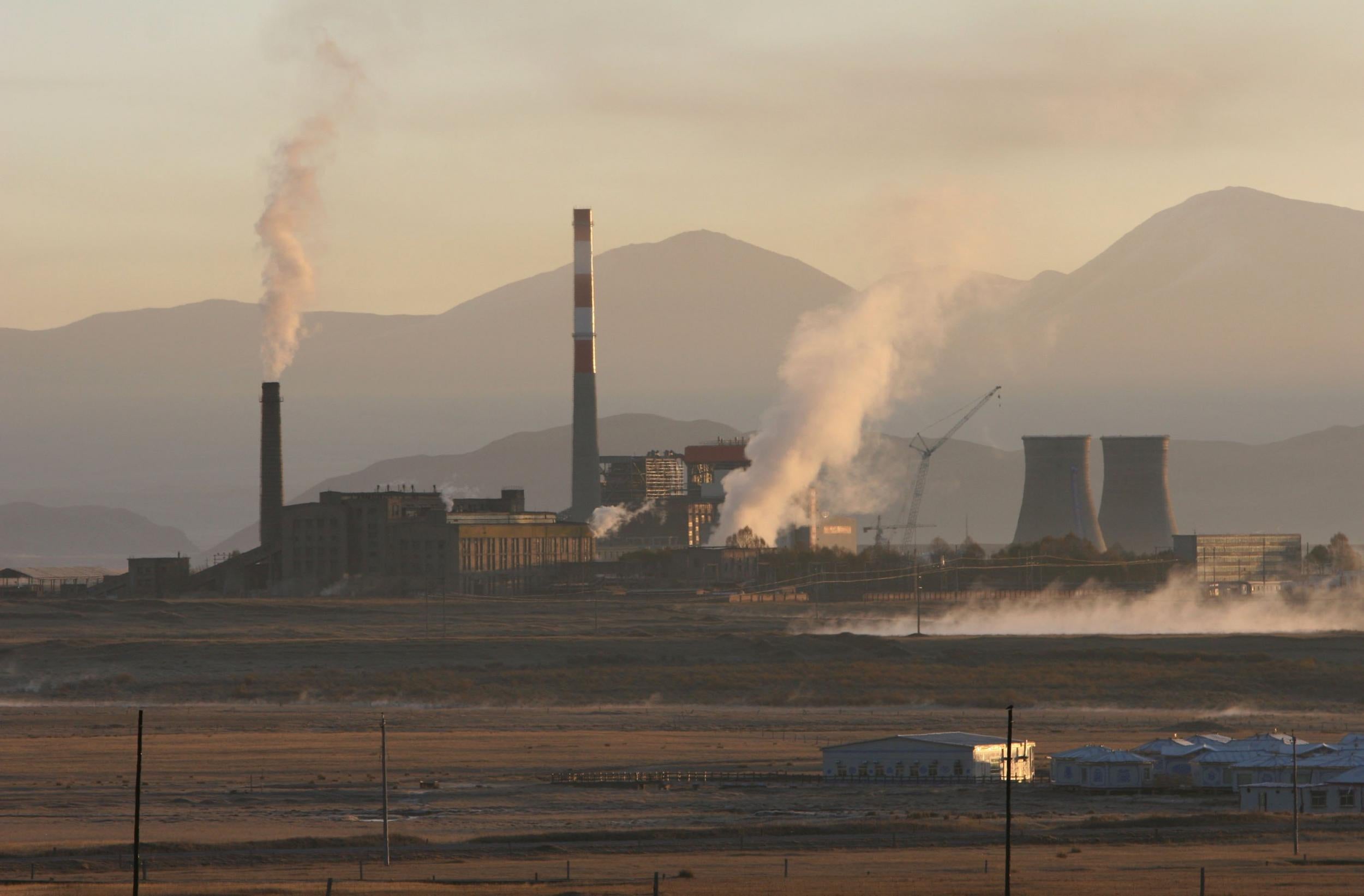
Among the yak herds and Tibetan Buddhism prayer flags dotting the windswept highlands of north-western China stand the ruins of a remote, hidden city that vanished from the maps in 1958.
The decaying clusters of workshops, bunkers and dormitories are remnants of Plant 221, also known as China’s Los Alamos. Here, on a mountain-high grassland called Jinyintan in Qinghai province, thousands of Tibetan and Mongolian herders were expelled to create a secret town where a nuclear arsenal was built to defend Mao Zedong’s revolution.
“It was totally secret; you needed an entry pass,” says Pengcuo Zhuoma, a ruddy-faced ethnic Mongolian herder living next to an abandoned nuclear workshop, whose family once supplied meat and milk to the scientists. “Your mouth was clamped shut so you couldn’t talk about it.”
That changed in the 1990s, when “Atomic City”, as it is now billed, became a patriotic showpiece, celebrating the scientists and labourers who worked in the harsh, breathtaking conditions on a plateau 11,000 feet above sea level. They built China’s first atomic bomb, detonated in 1964, then its first hydrogen bomb, tested in 1967, and they helped develop missiles to carry the warheads.
Today, veterans of the project proudly speak of how they helped to forge China’s nuclear shield. A museum, still forbidden to foreigners, tells visitors that the weapons were made to fend off US and Soviet aggressors encircling China. A statue of Mao gazes paternally over the square of the main town, where thousands of people still live.
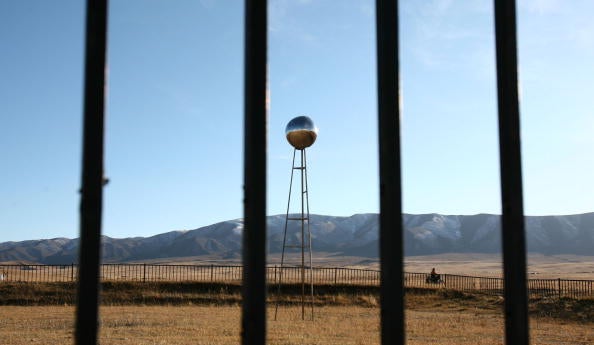
“At the time, China’s social conditions and international position were a bit like North Korea now,” says Liao Tianli, a writer who visits Jinyintan once or twice a year and has interviewed scientists who worked on the project. “For many people, it was purely in the spirit of, ‘I’ll do whatever Chairman Mao tells me to.’”
Yet even as the scientists have won recognition for their work, lifting some of the secrets of Plant 221, other dark parts of its past remain muffled in official silence and censorship. Building nuclear weapons here came at a grievous cost, and a few survivors and researchers have tried to exhume the layers of history unmentioned in the memorials and displays.
The herders and farmers who were moved for the project endured starvation, executions and brutal expulsions. Political paranoia engulfed the project itself, and thousands of scientists and technicians were persecuted. Some veterans have said that the nuclear workers were not adequately protected against radiation, or given effective care after they fell ill from cancer.
“If nobody spoke out, then this episode of history would still be buried,” says Wei Shijie, a retired physicist who worked in a detonation and explosives workshop at Plant 221 during the 1960s. He wrote a lightly fictionalised memoir describing the persecution of workers there, and he has called for better medical care for retirees from the project.
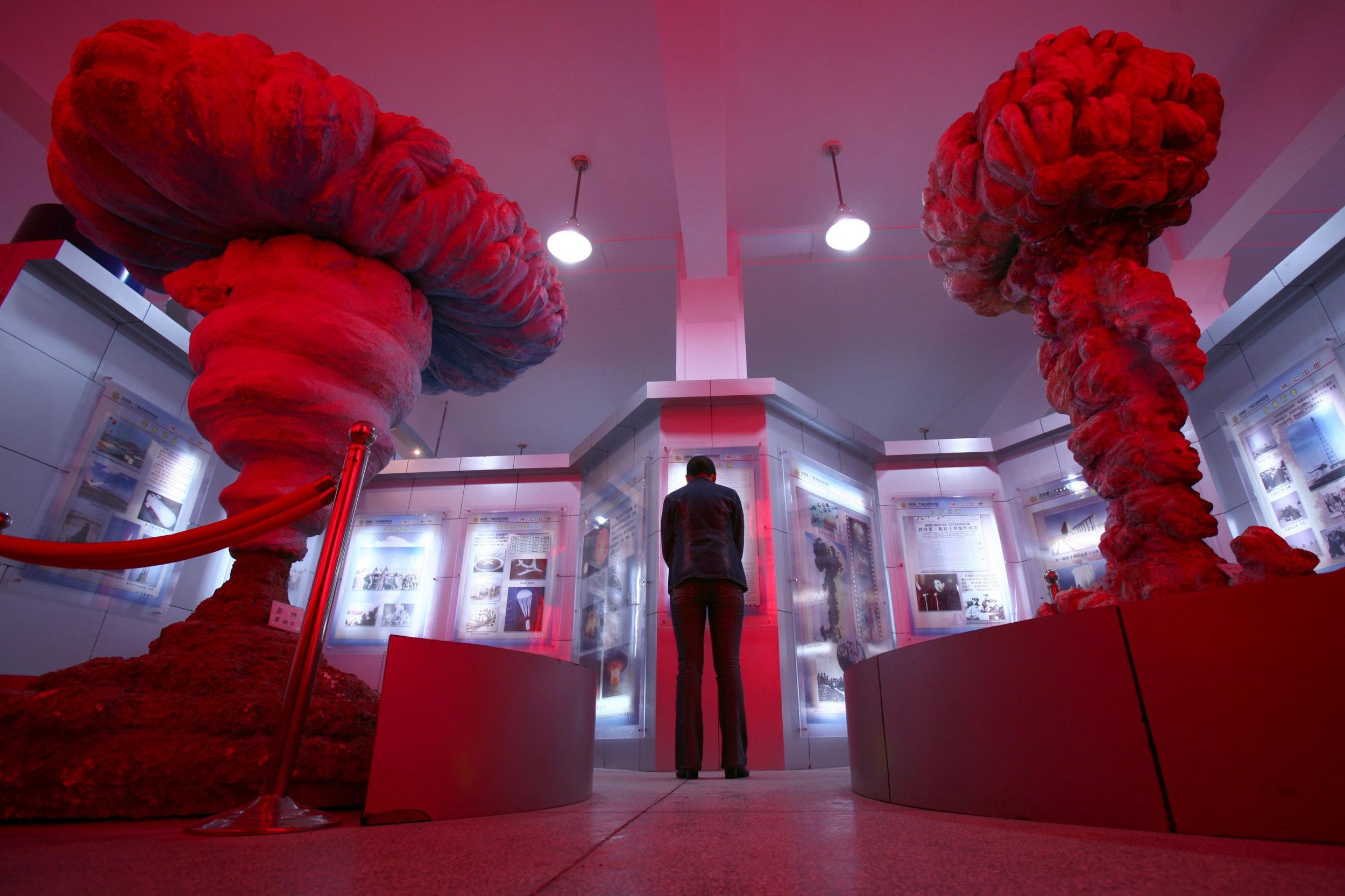
“Behind the halo of building the two bombs and launching a satellite, many people made agonising sacrifices,” Wei says. “Much of that sacrifice was unnecessary.”
The beauty of Jinyintan has been celebrated in song, and in a film from 1953. In warm months, the grasslands burst into luxuriant green, and Tibetan and Mongolian herders have for centuries guided yaks and goats over the pastures.
But after 1958, Jinyintan disappeared from Chinese maps. Scientists and their Soviet advisers, who helped China with its embryonic atomic programme until the two Communist powers’ bitter split in 1959, chose the site, and thousands of Tibetans and Mongolians who lived here were the first to be sacrificed for the project.
The Plant 221 museum says those herders moved voluntarily, helped by the government and rewarded with thousands of sheep. But the bucolic images are belied by the account of a police officer who investigated what happened.
Herders in many parts of Qinghai had risen up against the confiscations of land and livestock that were part of Mao’s Great Leap Forward. Officials, concerned that the uprising might threaten the nuclear plant, were gripped by fears of spies and saboteurs.
“It was necessary to resettle for Plant 221, but the methods used in Jinyintan were utterly barbaric,” says Yin Shusheng, who investigated the clearances as a police officer in Qinghai in 1963. Yin says his report was ignored, and he described the brutality he uncovered in a memoir published in 2012, in a Chinese magazine later brought to heel by Communist Party officials.
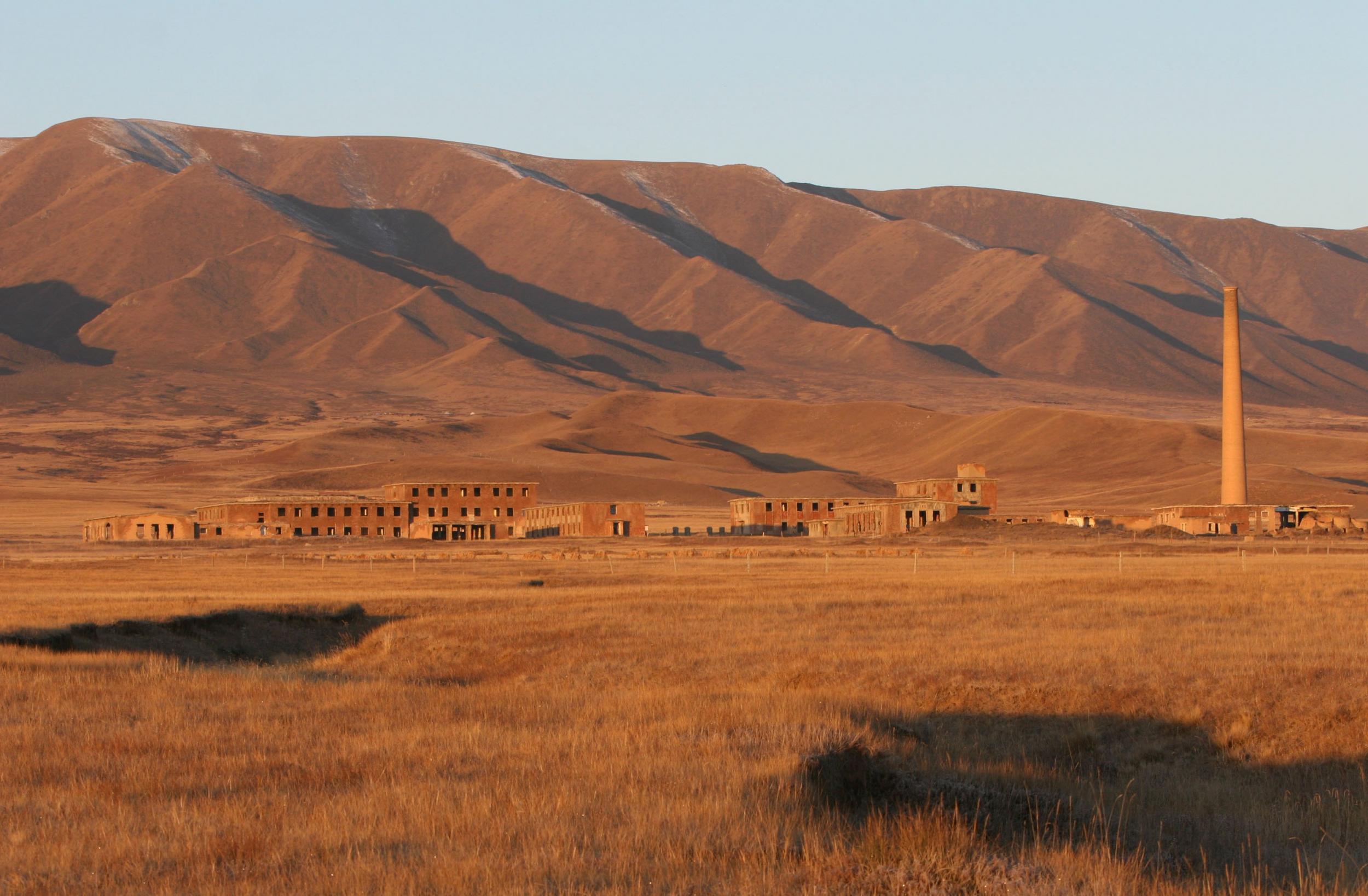
“I wrote about this to sum up lessons from the past so we don’t commit the same mistakes,” Yin says.
He wrote that officials imprisoned about 700 herders around Jinyintan, accusing them of joining counterrevolutionary gangs. Seventeen died under brutal interrogation. Up to 9,000 herders were expelled in forced marches, given only a day or so to prepare and allowed to take just a few yaks per family. Hundreds died on the journey, beaten and abused by guards, Yin wrote.
“People were no better than beasts of burden,” a surviving herder told an ethnic Mongolian researcher who published their accounts in a small Chinese magazine in 2007. “We weren’t counted as humans.”
The thousands of scientists, technicians and soldiers who poured into Project 221 knew little about what had preceded them. At its peak, Plant 221 had 18 workshops; labs and buildings scattered across 220 square miles; and up to 30,000 scientists, workers and guards lived there.
But even as the secret city forged ahead to build a hydrogen bomb, it was not immune to the political storms tearing China apart. In 1966, Mao launched the Cultural Revolution to purge and purify his movement, and the nuclear site – now politically suspect, having been built with the help of the hated Soviets – erupted in purges, interrogations and fighting between rival radical factions.
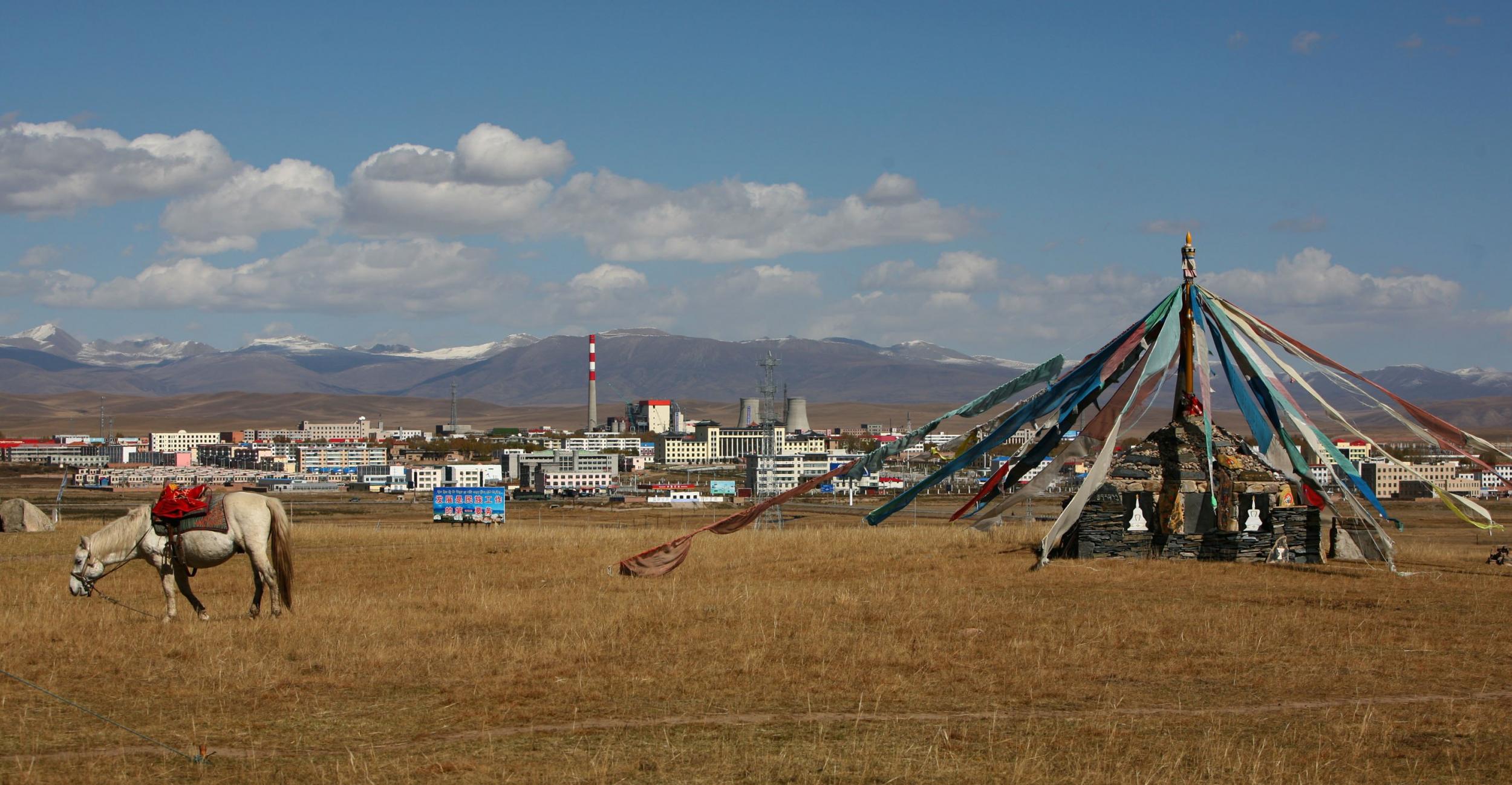
Wei, the retired physicist, says he watched as one of Plant 221’s top scientists, Qian Jin, was clubbed by interrogators. Qian died a few days later. Officials detained and interrogated about 4,000 workers in the nuclear project, and about 50 were executed, beaten to death or killed themselves under the relentless accusations, according to Wei.
Those events go unmentioned in the museum, and some former officials from the plant have urged Wei not to dwell on such tragedies, he says.
But he tells them there is no getting away from the past.
“I emphasise that we should reflect on it,” Wei says. “I still have dreams of 221.”
© New York Times
Join our commenting forum
Join thought-provoking conversations, follow other Independent readers and see their replies
Comments
Bookmark popover
Removed from bookmarks